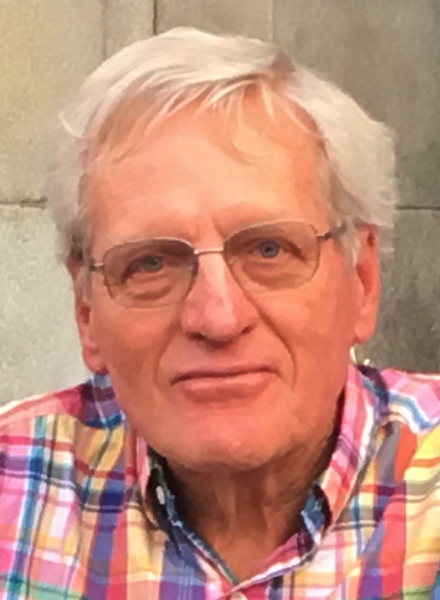
Emeritus Professor Ian Dance
Born 1940.
B.Sc. University of Sydney 1961.
M.Sc. University of Sydney 1963.
Ph.D. Manchester University 1966.
Assistant Professor, University of Wisconsin, Madison, Wis., USA, 1968-1974.
At UNSW: Lecturer (1975), Senior Lecturer (1976), Associate Professor (1981), Professor of Inorganic Chemistry (1986), Head of School of Chemistry (1990-1993), Faculty of Science Professor (2000), Emeritus Professor (2002).
- Publications
- Media
- Grants
- Awards
- Research Activities
- Engagement
- Teaching and Supervision
Royal Society of Chemistry Lecturer for Australia and New Zealand 1993/4
Panel member of the Australian Research Council 1995-1997
Burrows Lecturer, RACI, 1996
Fellow of the Australian Academy of Science 1997
Stranks lecturer (Melbourne) 1997
Albright and Wilson lecturer, University of Warwick, July 1999
3M lecturer, University of Western Ontario, May 2000
Troisieme Cycle lecturer, Universities of Geneva, Berne, Basel, Neuchatel, 2001
Dwyer lecturer (UNSW) 2002
David Craig Medal of the Australian Academy of Science (2011).
My research programs have been in four areas:
- Metal-thiolate and metal-chalcogenide cluster chemistry.
- Gas phase inorganic chemistry.
- Crystal supramolecular chemistry and inorganic supramolecular chemistry.
- The mechanism of biological nitrogen fixation.
Since formally retiring from the University of New South Wales in 2002 my research has focussed on the enzyme nitrogenase, and its mechanism.
Nitrogenase, which supports all life, breaks one of the strongest bonds in chemistry, N-N, reducing it to NH3. The stoichiometry of the catalytic cycle under normal conditions is N2 + 8e + 8H+ â 2NH3 + H2. The cycle requires many steps at the active site: binding of N2, eight introductions of an electron, eight introductions of a proton, breaking the N-N bond, six N-H bond formations, two dissociations of NH3, and one formation of H2, a total of 27! The catalytic site (FeMo-co) is an Fe7CMoS9 cluster, with chelation of Mo by obligatory homocitrate, connected to surrounding protein through one cysteine ligand and one histidine ligand. Â
Experimental investigation of the chemical mechanism of nitrogenase has been frustrated by inherent difficulties in trapping and structurally characterising intermediates under physiological conditions. Computational investigations, unrestricted by these difficulties, have explored mechanistic hypotheses. In 2008 I published a detailed 21 step chemical mechanism for the enzymatic conversion of N2 to NH3, together with predictions of the importance of H-atom tunneling in nitrogenase reactions. My review âComputational Investigations of the Chemical Mechanism of the Enzyme Nitrogenaseâ [ChemBioChem, 21, 1671-1709 (2020) doi.org/10.1002/cbic.201900636] published in 2020 is a critical account of the current state of computational research on this enzyme.
My computational research uses the density functional software DMol, implemented at the Australian National Computational facility on the Gadi supercomputer (the 24th most powerful computer in the world). This allows me to routinely used metalloprotein models with up to 500 atoms included in the quantum mechanical calculations. I have developed methodologies for incorporating the complex electronic structure of FeMo-co in simulations of reaction profiles.
The principal objective is to develop an understanding of the fundamental coordination chemistry of the unprecedented (and still synthetically unavailable) metal sulfide cluster that is the catalytic site. This underlies the goal to develop and evaluate mechanistic hypotheses for the catalytic reduction of N2, including explanations for the substantial body of biochemical reactivity data that have been accumulated over many years for wild-type and mutant nitrogenase proteins. Another component of this research is evaluation and explanation of some recent experimental observations of unusual chemical reactivity at the active site.
